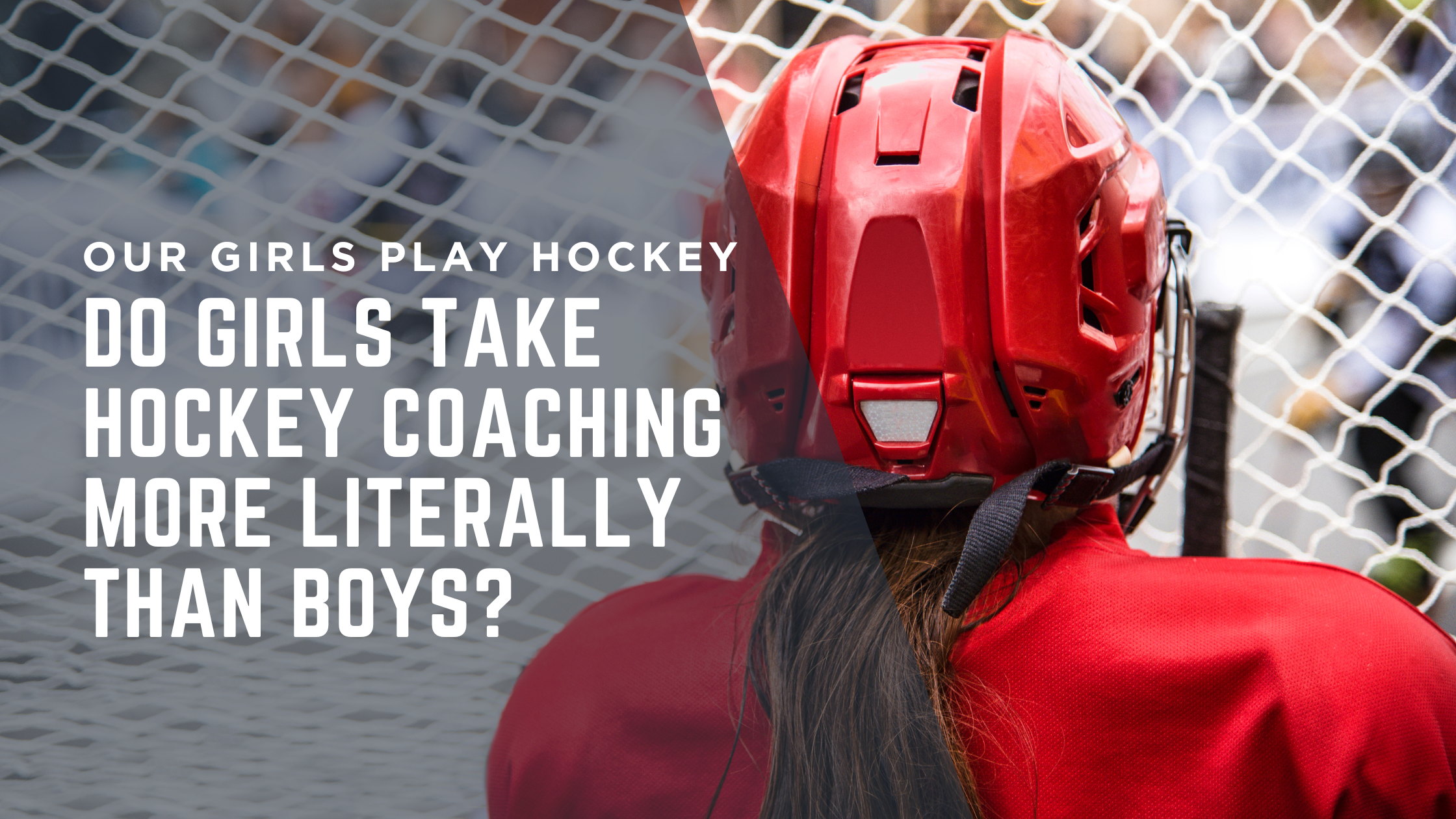Do Girls Take Hockey Coaching More Literally Than Boys?

Coaching Girls in Hockey: Why Words Matter More Than You Think
One of the most fascinating challenges in youth hockey coaching is recognizing that how you say something can be just as important as what you say. This was at the heart of a recent Our Girls Play Hockey episode, where hosts Lee Elias, Mike Benelli, and PWHL/Team USA star Haley Scamurra unpacked a common coaching observation: young girls often take instructions more literally than boys.
The Power of Literal Coaching
As Haley explained from her own coaching experience, when you diagram a drill for girls, they’ll run it exactly as drawn — unless you tell them otherwise. While this shows their attentiveness and eagerness to do things correctly, it can sometimes limit creativity. Hockey, after all, is a sport where improvisation and adaptability are critical.
This means coaches need to not only demonstrate drills, but also explain the “why” and encourage flexibility. For example: instead of just saying “be aggressive,” specify what that looks like — win the board battle, pressure the puck carrier, or force a turnover.
The Confidence Factor in Co-Ed Environments
Another theme the panel explored was the difference in dynamics between co-ed teams and all-girls teams. Many girls playing alongside boys feel extra pressure to “prove they belong.” This often results in risk-averse play, where mistakes feel magnified. On girls-only teams, however, players tend to flourish with more comfort and confidence.
Haley shared that even as a professional, she sometimes still feels the weight of this pressure when skating with men — proof of how deeply ingrained those dynamics can be.
Building Trust and Encouraging Mistakes
Trust emerged as a recurring keyword in the conversation. Players — especially young girls — thrive when they know mistakes are not only allowed but expected as part of learning. Coaches can build this trust by:
-
Praising creativity even when it doesn’t succeed (“I loved that you tried that move — it was the right idea, the defender just made a good play”).
-
Balancing feedback so it’s constructive, not critical.
-
Celebrating small wins to reinforce growth rather than perfection.
Language, Body Language, and Awareness
The group also emphasized that a coach’s words and body language carry weight. Simple changes — like kneeling down to talk eye-to-eye instead of towering over a young player — can make athletes feel supported instead of intimidated. Likewise, coaches must avoid outdated phrases (“don’t play like a girl”) or patronizing tones (“come on, sweetie”) that undermine respect and motivation.
Ultimately, the message wasn’t about coaching girls differently than boys. It was about coaching thoughtfully — meeting players where they are, adapting communication styles, and keeping focus on growth and enjoyment of the game.
Final Takeaway
Coaching girls in hockey offers a unique opportunity to build confidence, foster creativity, and develop lifelong passion for the game. By being intentional with words, specific with feedback, and supportive in approach, coaches can help young female players not only succeed on the ice — but also carry those lessons into life.
💡 What’s your experience been like? Do you see differences in how boys and girls respond to coaching? Share your thoughts with us at team@ourkidsplayhockey.com — we’d love to hear your perspective!


